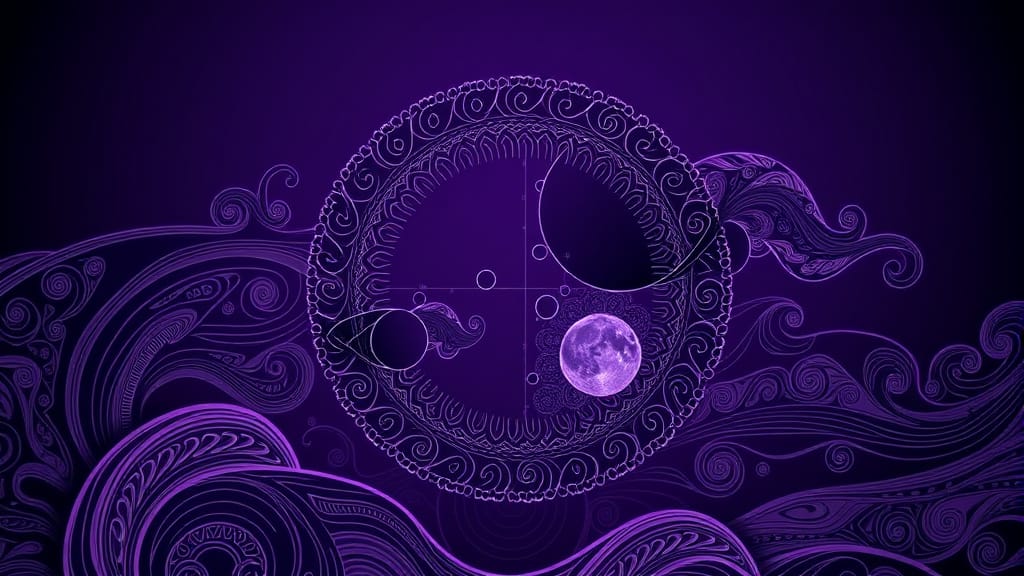Maori Moon Lore
There are two main personifications of the moon in Maori tradition. The first is Hina, although not much is known of her. She was the sister of Maui – Maui of course being associated with the sun. Ngai Tahu tradition is slightly different in that Mahuiki (mother of Hina) represented fire, Hina represented the moon and Maui (son of Hina rather than brother) the sun – the three forms of light. Hina has been associated with Hine-te-iwaiwa, patroness of women and childbirth (coincidentally – or perhaps not? – iwa means nine). The name Hina and Sina can be found in similar moon-related contexts in other Pacific countries and even further afield – in Babylonia Sin was the moon. The second personification is Rona, the woman in the moon. The moon had kidnapped Rona from earth – one evening she was visiting the stream to collect water, when the moon became temporarily obscured.
Unable to see where she was going, she cursed the moon – so it promptly took her away. So it is Rona and her gourds of water you can see up in the moon. She’s still grouchy about it so periodically tries to attack the moon. While they are battling they cannot be seen, and after the combat she bathes in the wairoa a Tane, the waters of Tane, and is restored. Rona’s full name is Rona-whakamau-tai or Rona the tide-controller. In Ngai Tahu tradition, Rona is male, and is too fearful to return to his wife without the water he was unable to collect for her!
Marama-huakea is the name for the full moon, also known as marama taiahoaho depending on which iwi you talk to – as you can imagine there are several alternative names for the other phases as well. Kua toriwha te marama is the crescent moon, marama-iwhanake is the waxing moon, and kua tohi te marama the waning moon. Then ko mate te marama, the moon is dead. Hina-kehe (Pale Hina, the moon-maiden of the waxing moon) and Hina-uri (Dark Hina, the time when Hina goes on a sea voyage and is lost from view) also refer to phases of the moon.
If the horns of the crescent moon point up, bad weather is at hand (it is lying on its back and therefore full of water). If the crescent is more upright then the weather should be good. And if a star can be seen in the hollow, then fighting will follow.

